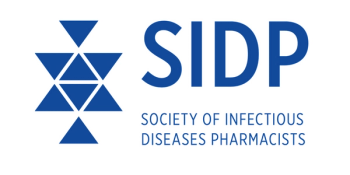
New Tool Estimates Burden of Infectious Diseases
The ECDC has released a software toolkit that can calculate the disability-adjusted life years for a number of infectious diseases and healthcare-associated infections.
The European Centre for Disease Prevention and Control (ECDC) has launched a new, user-friendly, software toolkit to facilitate calculation of disability-adjusted life years (DALYs) for a variety of infectious diseases and healthcare-associated infections. The characteristics of this toolkit were recently published
“European Union member states face the challenge of how to best allocate limited resources in health protection and disease prevention to achieve maximum results,” Dr. Edoardo Colzani, from the ECDC, Solna, Sweden, told Contagion ®. “Providing sound evidence improves the quality of decision-making in health policy and promotes transparency and accountability. Measurement of the burden of disease provides such evidence.”
According to Dr. Colzani, the Burden of Communicable Diseases in Europe (BCoDE) is an ECDC project that aims to estimate the burden of communicable diseases by applying composite health measures—DALYs—to summarize the overall burden of both morbidity and mortality in a single metric.
To meet this goal, the BCoDE toolkit was developed as an open-access software application that may be used by interested professionals from academia and European Union/European Economic Area (EU/EEA) national health institute. The software will allow experts from within and outside the EU/EEA to estimate the burden of communicable diseases, compare the relative burden of each communicable disease, and to introduce use of DALYs in their epidemiological research.
In their publication, Dr. Colzani and colleagues stress that use and interpretation of DALY estimates can be difficult, due to both the complexity of a composite health indicator and the underlying assumptions made. Computational calculation of DALYs is also intensive and time consuming in that it involves multiple complex tools, such as spreadsheets and macros, as well as add-on software.
The BCoDE toolkit helps to overcome these challenges. It is a user-friendly, standalone application that enables the calculation of DALYs by entering age- and sex-specific incidence data for 32 infectious diseases and 6 healthcare-associated infections, with each disease model containing default parameters that the user can edit as necessary.
The application is designed for use by public health professionals who may be unfamiliar with the burden of disease methodology, and to allow them to more effectively rank infectious diseases in terms of disease burden within and across different populations.
“It is written in C++,” said Dr. Colzani. “It offers multiple visualization options for summarizing complex epidemiological data, and it is open-access and freely available for download from the ECDC website.” ECDC will also publish future software updates on their website, he added.
Dr. Colzani also stressed that, if funding is available, ECD plans to perform regular literature reviews on all disease models and parameters, to keep the default disease models in the software up-to-date. They also plan to improve the application to allow the user to create novel outcomes trees for new disease and conditions (including boxes and sub-boxes for health outcomes and states, and arrows for transitional probabilities). In addition, they aim to create an open access library where users can share new disease models.
“ECDC is looking forward to receiving feedback on the implementation of the toolkit,” Dr. Colzani concludes.
Newsletter
Stay ahead of emerging infectious disease threats with expert insights and breaking research. Subscribe now to get updates delivered straight to your inbox.































































































































































































































































































